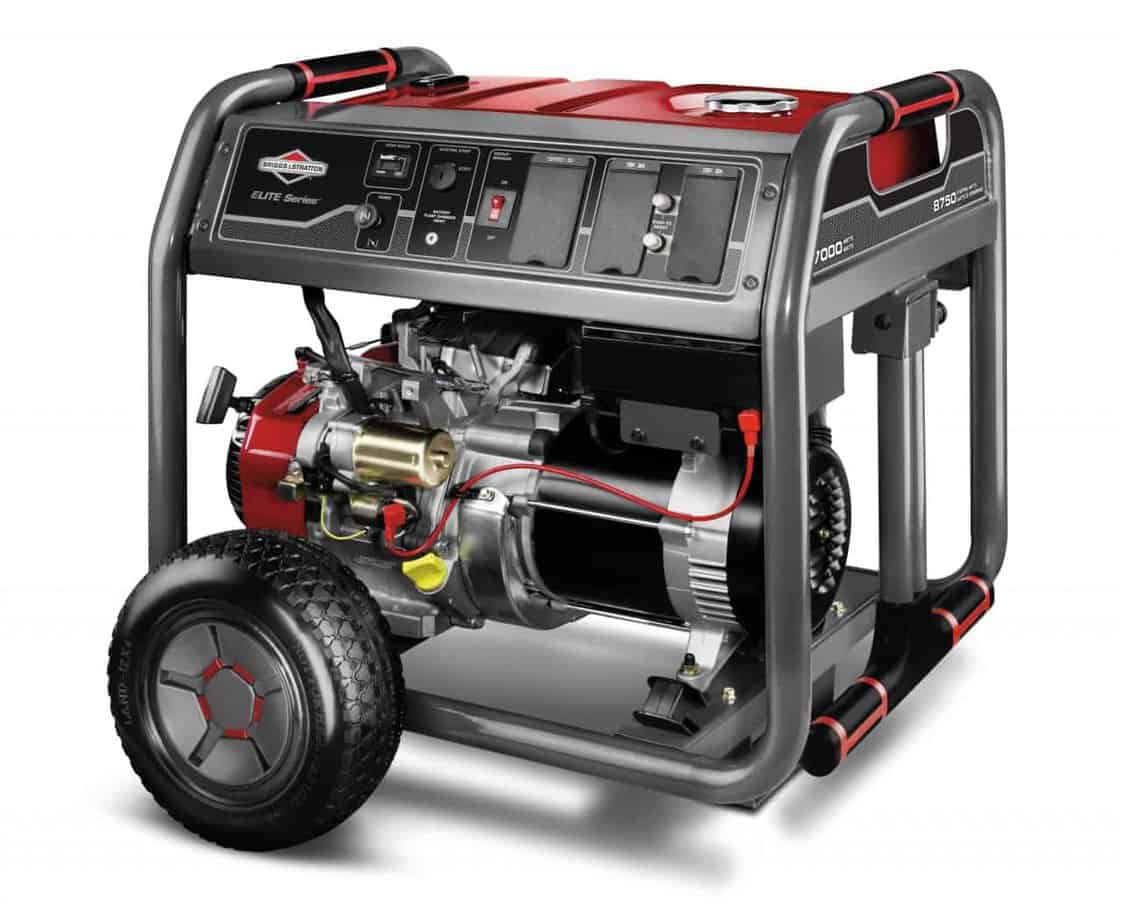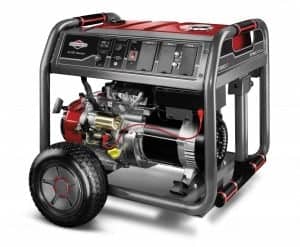In the aftermath of Hurricane Sandy, people who ran their generators indoors or too close to their home became a part of the storms sad statistics. Interviews with people sickened by carbon monoxide poisoning revealed that fear of theft was one of the main reasons why portable generator users put their generators too close to their homes, or even ran them indoors.
A portable generator operating during a power outage is worth its weight in cash, and too many unscrupulous people will take advantage of the opportunity. Keep your home safe and follow safety rules for proper generator placement.
Above all else, never operate a portable generator indoors or near an open window, door, or vent.
Storage Tips
If you’ve ever driven through a construction zone after working hours, you’ve probably seen tool boxes and generators suspended thirty feet off the ground by a crane to prevent the items from being stolen. Most homeowners don’t have access to a crane, but a good storage location is just as effective.
Store your portable generator in a secure, locked building when not in use. Garages and locked storage sheds are the best choice. The old adage, “out of sight, out of mind” is a good rule to follow. If thieves can’t see it, they won’t think about it and that adds a significant measure of security.
Remember that gasoline ages quickly, especially when the ambient temperature is warm. Before storing the unit, drain the generator’s gas tank and run the carburetor dry, or add fuel stabilizer to the gasoline before putting it in the tank. Aging gasoline forms varnishes and gummy deposits that can clog carburetor ports and cause poor performance.
If you must store the unit inside a house, drain the gasoline from the tank before putting it away.
Keep the generator’s make, model, and serial number with your owner’s manual and other documentation. If the unit is stolen despite your security measures, you can provide the information to the police and greatly ensure the odds your property is returned if police recover it.
In-Use Security
The creative methods people have invented to prevent portable generator theft are a testament to problem. Most thieves are opportunists—they see an easy opportunity and take it. If it’s not easy, they don’t take it. Usually. These methods are good ways to deter all but the most determined thief.
Use carriage bolts to secure a steel plate to the bottom of the generator frame with the nuts down. The plate should extend about two feet beyond the outside of the frame. Position the generator, then park your vehicle with the tire resting on the plate. Keep the muffler in mind when positioning the plate so that it won’t end up pointing at the vehicle. This method of theft prevention is often used by campers, but could certainly be used at home.
Place the generator inside a fenced-in area during use and lock the gate. Consider removing the wheels from the frame to make hauling the generator away more difficult. During the night, a light will also help deter thieves and a motion-activated trail camera can take pictures of potential thieves.
A hardened chain and hardened lock are another good deterrent. Buy a lock with a guard that prevents the use of bolt cutters. Although tools such as a battery-powered grinder with a cutting wheel will cut the lock or chain, using those tools makes noise and draws attention to the user.
Remember that the most important aspect of portable generator operation is the safety of your family. Follow all manufacturer’s guidelines and safety rules for operation and placement during use.
Become a Power Expert















